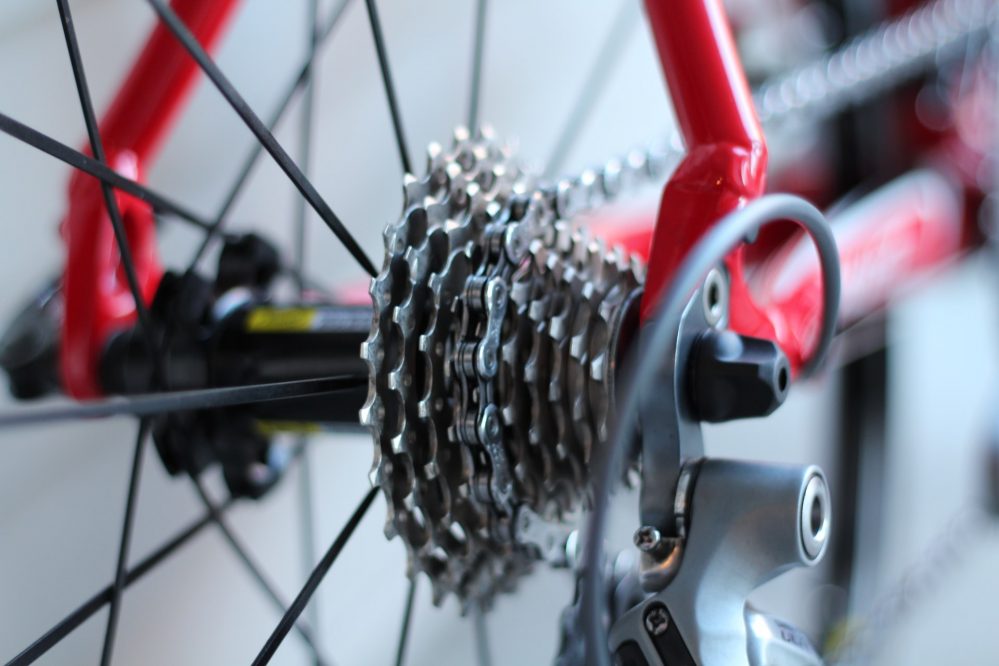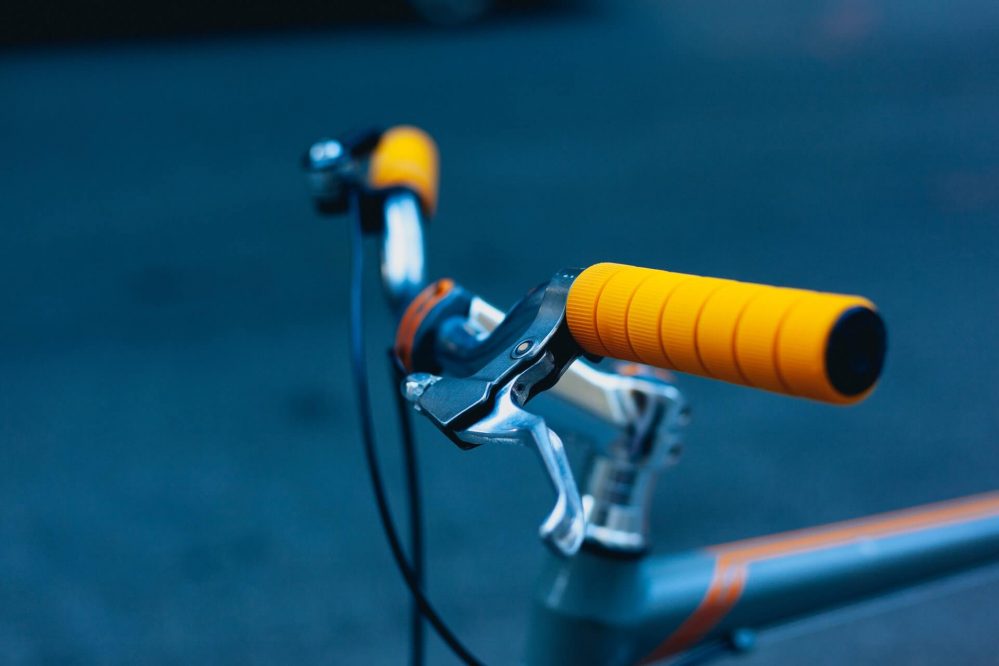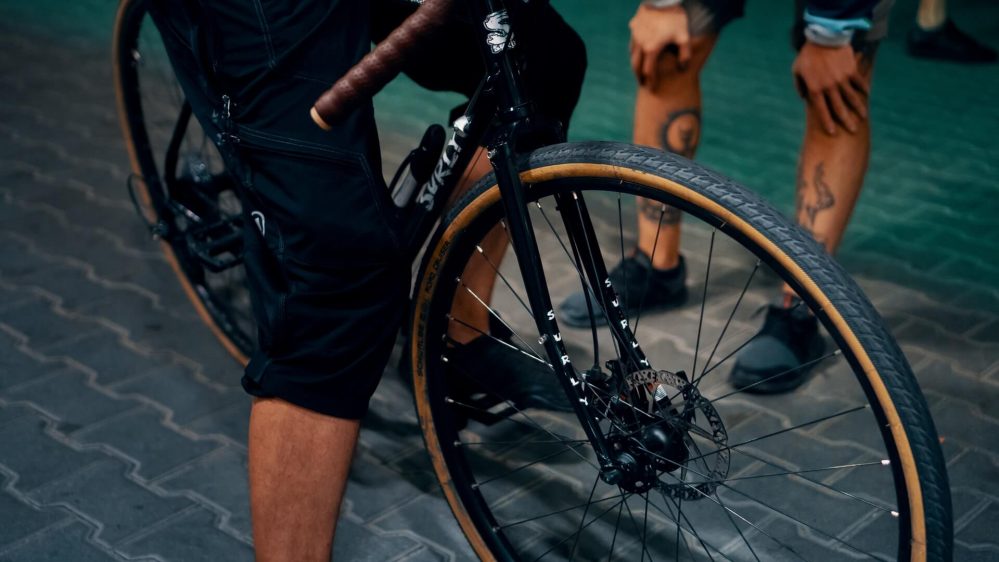Riding a bike is one of the most environmentally-friendly and healthy (in terms of working out) ways of transportation. However, to be so, a number of functioning bike parts are put together. And one of the most important elements of a bike is its braking system. If you’ve wondered, “how do bike brakes work?” or need help in choosing what brakes to get for your bike, we’re here to tell you just that.
Types of Bike Brakes

We established that the bike brakes are one of the most important features of a bike. Having effective brakes results in a safer ride, which is why you need to be quite picky when it comes to selecting the suitable brakes for your bike. There are different types of brakes for different types of bikes and what cycling you prefer.
Rim brakes
Rim brakes are one of the most common and traditional bike brakes. The rim is the circular form supporting the wheel of the bike, which is usually made of aluminum or steel. If you have these brakes, make sure to maintain them regularly to clean any stones or glass that might get to the brake pads.
Caliper brakes
Caliper brakes are an independent mechanism that is placed above the tire with a single bolt. The arms of the caliper need to be long enough to get around the tire. Caliper brakes, although being called brakes, are simply a piece that supports your bike’s braking system, which makes it crucial to have; it holds the friction pads, which then clamp down on the rim to slow down your bike.
Cantilever brakes
These simple, lightweight brakes are the most practical for cyclocross and touring bikes. Cantilever brakes sit on top of the headset bearing of your bike. Aside from being useful in rainy weather and mud, cantilever brakes are also affordable, easy to maintain, and set up.
V brakes
V brakes are the most powerful and common brakes to use on mountain and off-road bikes. They consist of two levers on your bike’s handlebars that, when pulled, engage the two cables attached to your front and rear tire, which then slow down your bike. Although they are heavier than the other brakes, they do provide an exemplary braking system. Their ability to stop a wet and muddy tire when you’re traveling makes them perfect for off-road use.
Disc brakes
Disc brakes are considered to have a faster braking power, which means less force put into pulling the levers, and that will save you from hand-cramping if you’re going on a long road trip. They consist of brake calipers, a disc, and brake pads. There are two types of disc brakes, mechanical and hydraulic.
Mechanical disc brakes
Some mechanical disc brakes are considered to have somewhat the same level of braking power as rim brakes. These brakes work with cables and some newer models, if set up correctly, have the same braking power as hydraulic disc brakes.
Hydraulic disc brakes
As the name suggests, hydraulic disc brakes mean there is a movement of fluid involved, which is precisely the case with these brakes. Instead of cables, there’s a fluid inside that moves into the caliper, which presses the braking pads against the disc. They are considered to be more efficient and perform better than rim brakes or mechanical-disc brakes.
How do Bicycle Brakes Work?

Knowing what types of brakes there are and how they work it’s a must for those that believe they’re going to be riding a bike for a long time. Especially those that have decided to go with a certain type of cycling. Without further ado, let’s see how they function.
Rim brakes
They are called rim brakes because the braking happens between the brake pads and the wheel’s rim. When you pull the levers on the handlebars, it will activate the brake pads to squeeze the rim of the rotating wheel and slow down your bike.
V brakes
The halting on V brakes happens when you pull the levers on your bike’s handlebars which in turn pull the two cables (one in the front wheel and one in the back) attached to them. These two cables will activate the braking pads, which will essentially slow down your bike.
Disc brakes
Instead of applying the braking force to the rims, these brakes focus on a small rotor placed in the center of the bike’s wheel. Disc brakes are considered to be better and more reliable, especially for people who want a fast ride and won’t have to worry about the bike not stopping immediately.
What Kind of Fluid Should You Use in Your Bike’s Brakes?

If you’re using hydraulic disc brakes, you should pay attention to the kind of fluid you want for your brakes. There are two types of fluids for bike brakes: DOT fluid and mineral oil. DOT, which stands for Department of Transportation, sets the standard and regulations for different types of brake fluids. In comparison, the mineral oil fluid is more private and can only be found online or at a local bike shop.
They essentially perform the same mechanics, helping your brakes work better. But mineral oil fluid is hydrophobic, meaning it doesn’t absorb water. Whereas the DOT fluid manages water better, and water will eventually find its way into the braking system. So if you look at it from this perspective, the DOT fluid might be your best choice.
However, if you’re into innovation and always looking for the next new thing, mineral oil fluid might be the best choice for you. Since specific regulations do not govern mineral oil fluids, they are continuously developing new and better braking fluids.
How Do You Know There Is Air in Your Brakes?
One thing you should keep in mind when it comes to the safety of your brakes is that the air getting into your brakes system is not good news. Since the braking system of hydraulic disc brakes uses fluids, air getting in will reduce the pressure and, in turn, make braking difficult. So how do you know if there is air in your brakes?
Well, there are a couple of signals, such as when you pull the brake lever, it might feel soft and squashy, and the braking will not feel as effective as it usually does. Luckily, this is a common occurrence, so it has a simple solution; the air needs to be removed from the braking system. Something that any local bike shop can do, or, if you’re the “do it yourself” type, a simple youtube tutorial should teach you how to do it effectively.
Whichever bike brakes you decide to go for, and even the braking fluid, you have a clearer insight on the specifics of your bike. After reading this article, you can now proudly turn off your computer, go on a bike ride with your friends and teach them a thing or two about the spectacular mechanics of the bike braking system.




